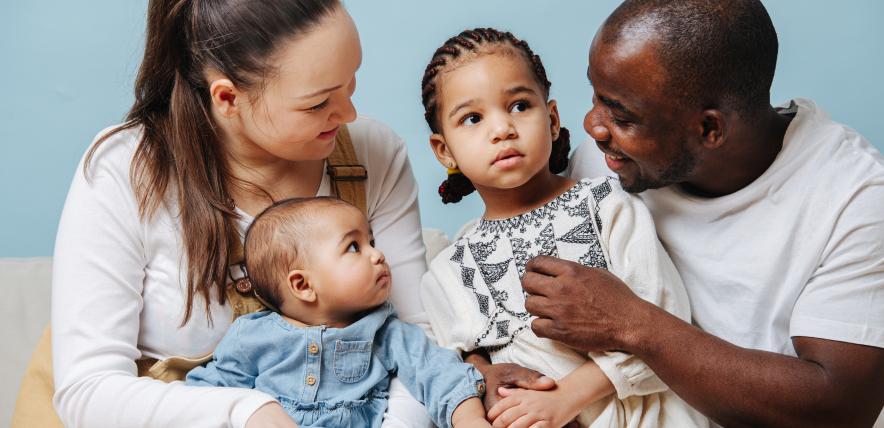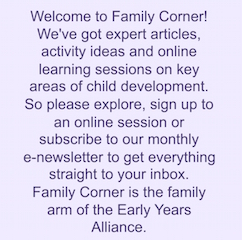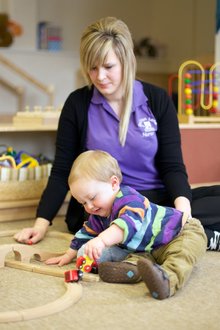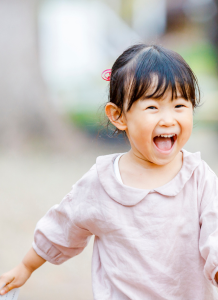“Every interaction you have with your child is a form of communication. It's not just about the words you say: The tone of your voice, the look in your eyes and the hugs and kisses you give – all convey messages to your child”
UNICEF How to Communicate effectively with your young child
https://www.unicef.org/parenting/child-care/9-tips-for-better-communication
In return for our careful attempts to teach our children communication, they their thoughts, hopes and dreams with us. This happens not just through their words, but through their movements, gestures, play and behaviour. Many children will go on to develop their verbal communication skills, but not all – and even those that do will still use non-verbal cues and signals.
It's often said that when we interact with others, more than half the meaning is communicated through body language. Non-verbal communication can be a powerful tool.
Picking up on the non-verbal cues that our children are giving us and understanding their behaviours is a form of listening without relying on their words. Listening in this context means paying attention and observing what they are trying to tell us when they might not know the words, or have the communication skills to explain. It’s about showing them that they are valued and that their needs matter.
Using non-verbal communication can help to build bonds and connections between you and your little one, often adding greater meaning to simple words.
-
A loving touch to show you care
-
A smile to let them know that you share their joy
-
A look that says “I’ve noticed you and you matter to me”
-
A shared giggle at a silly story or joke
-
A hug to give comfort
It’s important that the words and the signals give this positive re-enforcement. A question would show that you’re interested in what they are doing, but if you follow up with disinterested behaviour like not maintaining eye contact as you wait for their answer, or a tired and bored expression, this can cause confusion. As adults we want to teach our children what listening looks and feels like, and how to relate and connect to others using both verbal and non-verbal communication methods. This will support them to form warm, responsive relationships as they grow.
You can also use non-verbal interactions at times when words would not be enough. A stop signal with a hand, a round of applause, a touch to attract their attention, a wave across a busy room or a thumbs up to show approval all convey key messages that will give them reassurance and further feedback to inform their behaviour and decisions.




